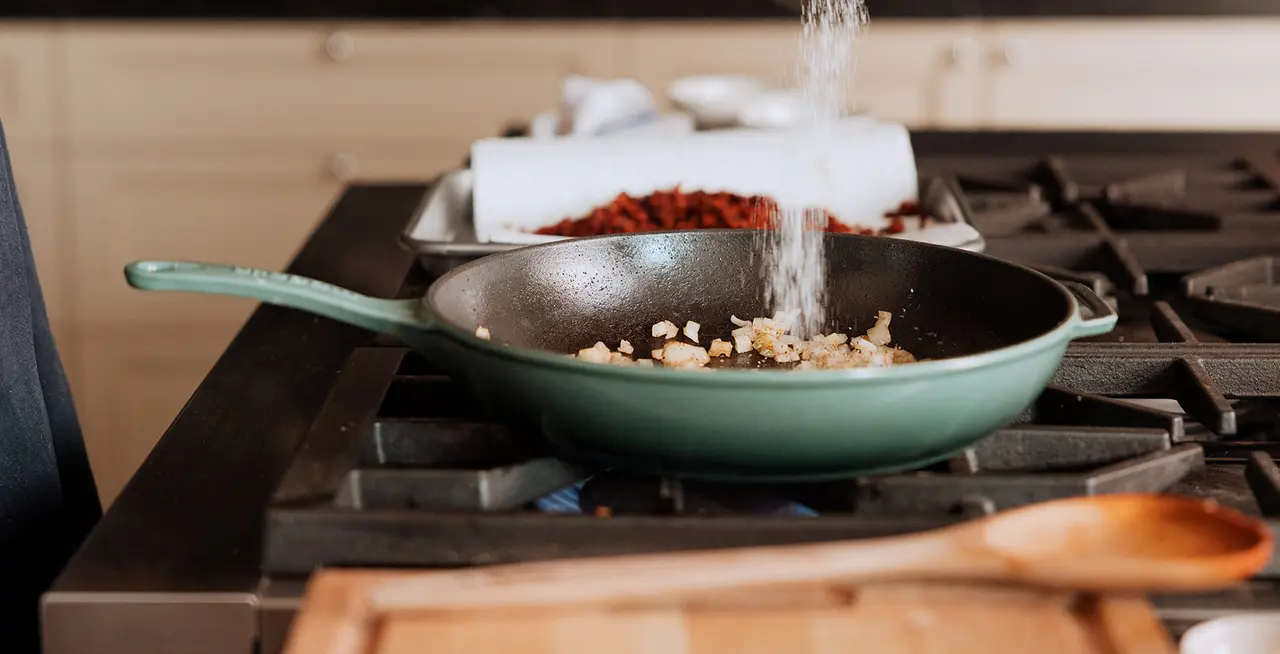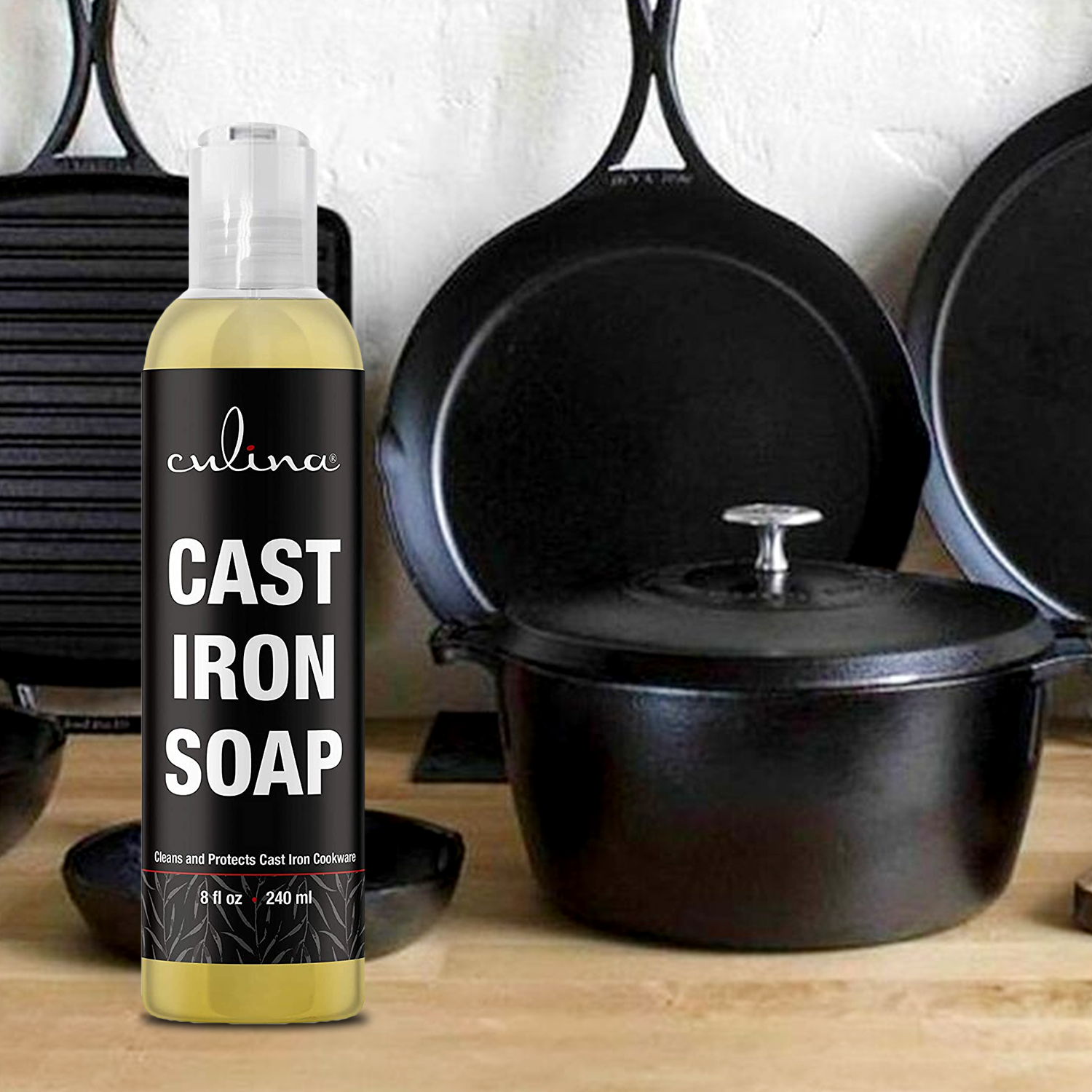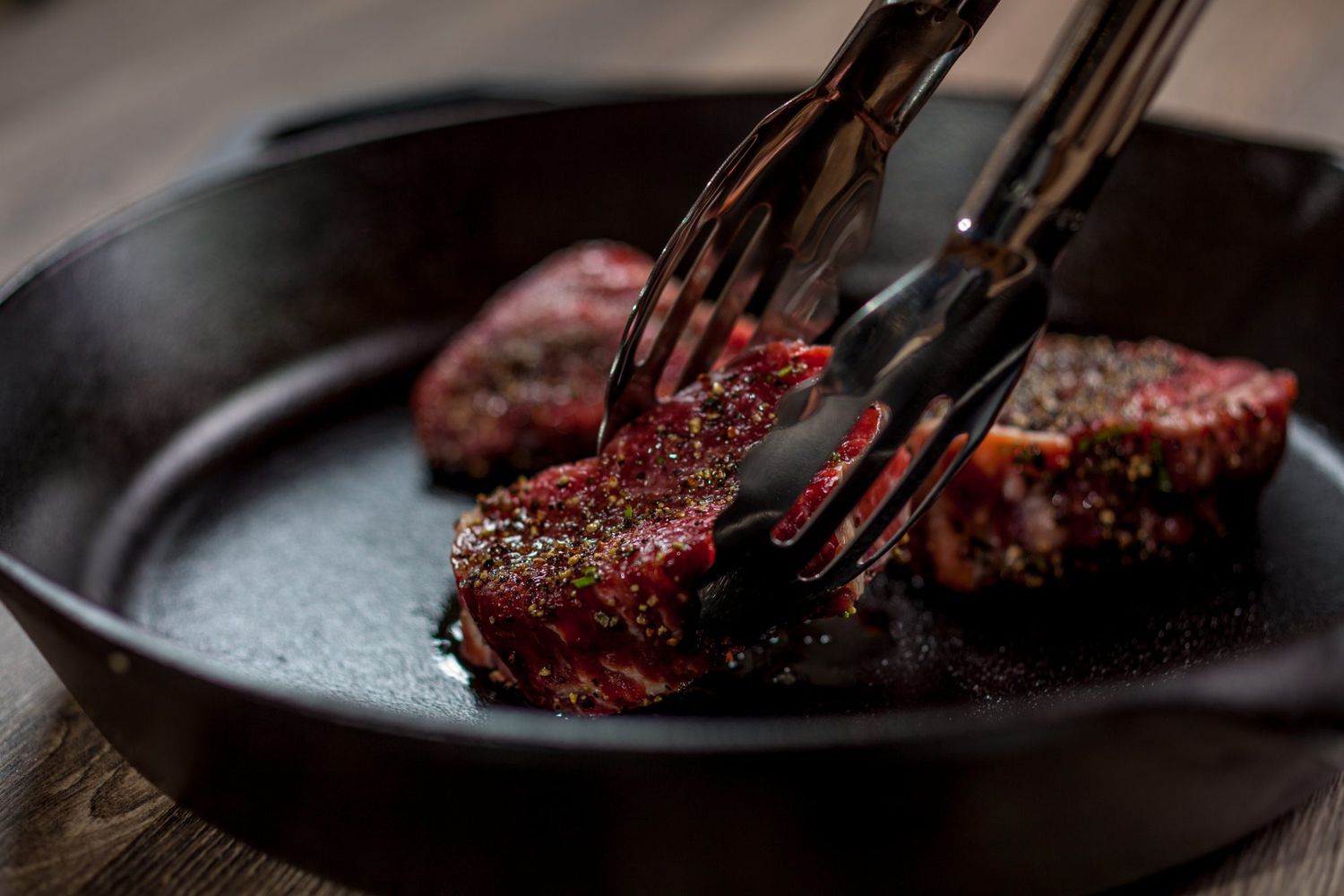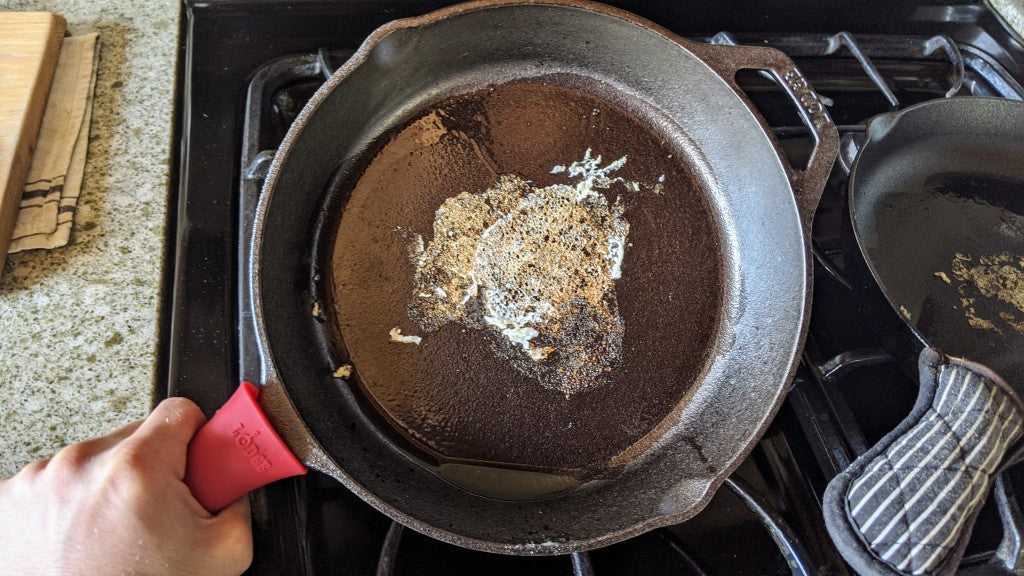As a kitchen professional, there is nothing more frustrating than discovering that food is sticking to your beloved cast iron skillet. The cast iron skillet is a workhorse in any culinary environment, renowned for its even heat distribution and ability to develop a natural non-stick surface over time. But what happens when that non-stick surface fails? Why is food sticking to my cast iron skillet, and how can you resolve this issue?
Understanding why food sticks is crucial for achieving perfect results in your dishes. In this article, we'll delve into the causes of sticking, ways to prevent it, and remedial measures to restore your skillet's surface. Grab your apron; we are about to tackle this common kitchen conundrum!

The Science Behind Cast Iron Cooking
Before we explore the reasons why food may cling to your skillet, its essential to comprehend the science behind how cast iron works. A properly seasoned cast iron skillet has layers of oil baked into the pan's surface, which creates a natural non-stick layer. This seasoning helps to flavor food and makes cleanup a breeze.
What Affects the Non-Stick Surface?
Several factors can contribute to why food sticks to your skillet:
- Poor seasoning: If the skillet is not seasoned adequately, the oil might not create an efficient non-stick layer.
- Usage of cooking spray: Many cooking sprays contain additives that can build up over time, creating a sticky residue.
- Temperature control: Cooking on too low a heat can cause food to stick, as it doesnt allow for the surface to properly sear.
- Type of food: Foods high in sugar content, like marinades or glazes, can cause sticking if not prepared correctly.
:max_bytes(150000):strip_icc()/super-thin-cast-iron-pan-steaks-FT-BLOG0316-b963522342d1473092f9096ed61caaee.jpg)
How to Avoid Food Sticking to Your Cast Iron Skillet
By implementing the following strategies, you can significantly reduce the chances of food sticking during your cooking process.
Regular Seasoning
To maintain the non-stick surface, regular seasoning is crucial. It involves applying a thin layer of oil to the skillet and heating it until the oil polymerizes this creates a hard, non-stick finish. Consider re-seasoning every few months or after heavy use.
Heat Management
Proper heat management is another key factor. Pre-heating your skillet before adding oil can drastically improve the non-stick performance. The skillet should be hot enough to create a sear, which helps create a barrier between the food and the pan.
Using Appropriate Utensils
Utilize utensils such as wooden or silicone spatulas instead of metal ones. This helps avoid scratching the surface and damaging the seasoning layer.
Cleaning Techniques
After cooking, its essential to clean your skillet properly. Avoid using soap or abrasive scrubbers; instead, clean it with hot water and a stiff brush. Rinse thoroughly and immediately dry it on the heat to prevent rust.

How to Revive a Sticky Cast Iron Skillet
If your skillet has lost its non-stick capabilities, dont fret! There are several steps you can take to revive it:
Deep Cleaning
You may need to deep clean the skillet. Use a mixture of coarse salt and water to scrub the pan and remove all residues.
Re-seasoning
Once cleaned, apply a generous layer of oil and bake it upside down in the oven for an hour at 375F. This process will help to restore the skillet's non-stick surface.
Avoid Cooking Sprays
Post-revival, avoid using commercial cooking sprays as they can leave a residue that is hard to remove.

Common Cooking Mistakes with Cast Iron
Here are some common mistakes that kitchen professionals make when using cast iron:
- Cooking with too much oil: Although oil is essential for seasoning, using too much can lead to greasy food that sticks.
- Not preheating: Failing to preheat your skillet often results in sticking, especially with proteins.
- Overcrowding the skillet: If you place too much food in the pan at once, it can lower the temperature, leading to sticking.
Cast Iron Skillet Recipes
To practice your skills with a well-seasoned cast iron skillet, you can refer to various delicious recipes available online, which will help reinforce good cooking habits. Check out how to grill steak for guidance!
FAQ Section
Why does my cast iron skillet feel sticky after seasoning?
A sticky feel can result from applying too much oil when seasoning or not heating it high enough during the process. Always ensure a thin layer of oil and sufficient heat to polymerize properly.
Can I use soap on my cast iron skillet?
Using soap can strip the seasoning, so it's better to avoid it. Instead, clean with hot water and a stiff brush.
What oil is best for seasoning a cast iron skillet?
Flaxseed oil is recommended for seasoning due to its high smoke point and ability to create a hard finish. Other good options include grapeseed oil and vegetable oil.
As an Amazon Associate, I earn from qualifying purchases.






Leave a comment
This site is protected by hCaptcha and the hCaptcha Privacy Policy and Terms of Service apply.